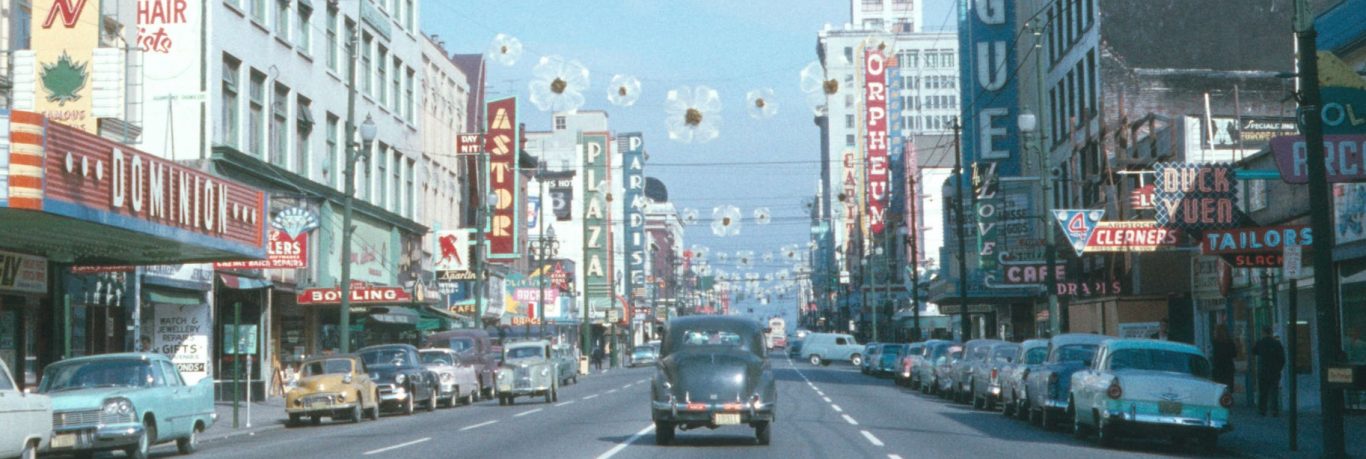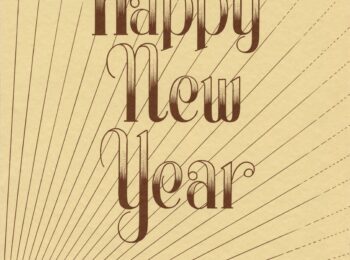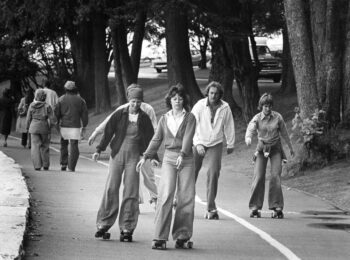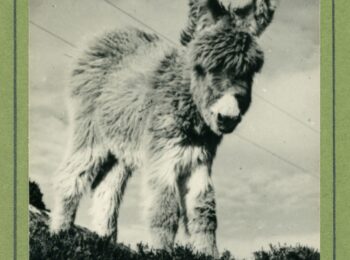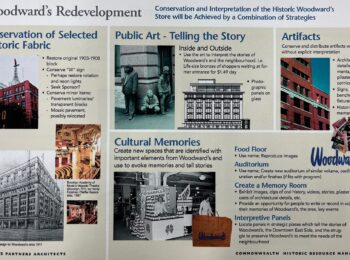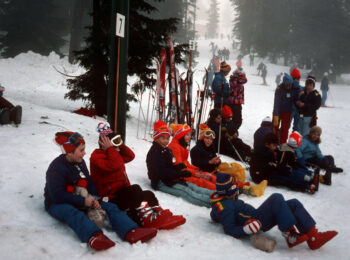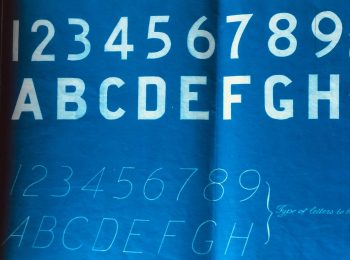This week we are marking an anniversary, albeit a somewhat nerdy one. July 31st marks 114 years since Council meeting minutes transitioned from handwritten to typed. This switch from pen to keys is evidenced in Council minute book, Volume 18, a volume that certainly warrants closer examination for more than just its informational content. It is a volume that (prepare for some more nerdiness) we would even argue perfectly exemplifies Theodore Schellenberg’s (one of the main archival theorists) assignment of secondary value to a record; that is, this volume’s significance lays beyond simply documenting Council’s discussions and decision making.
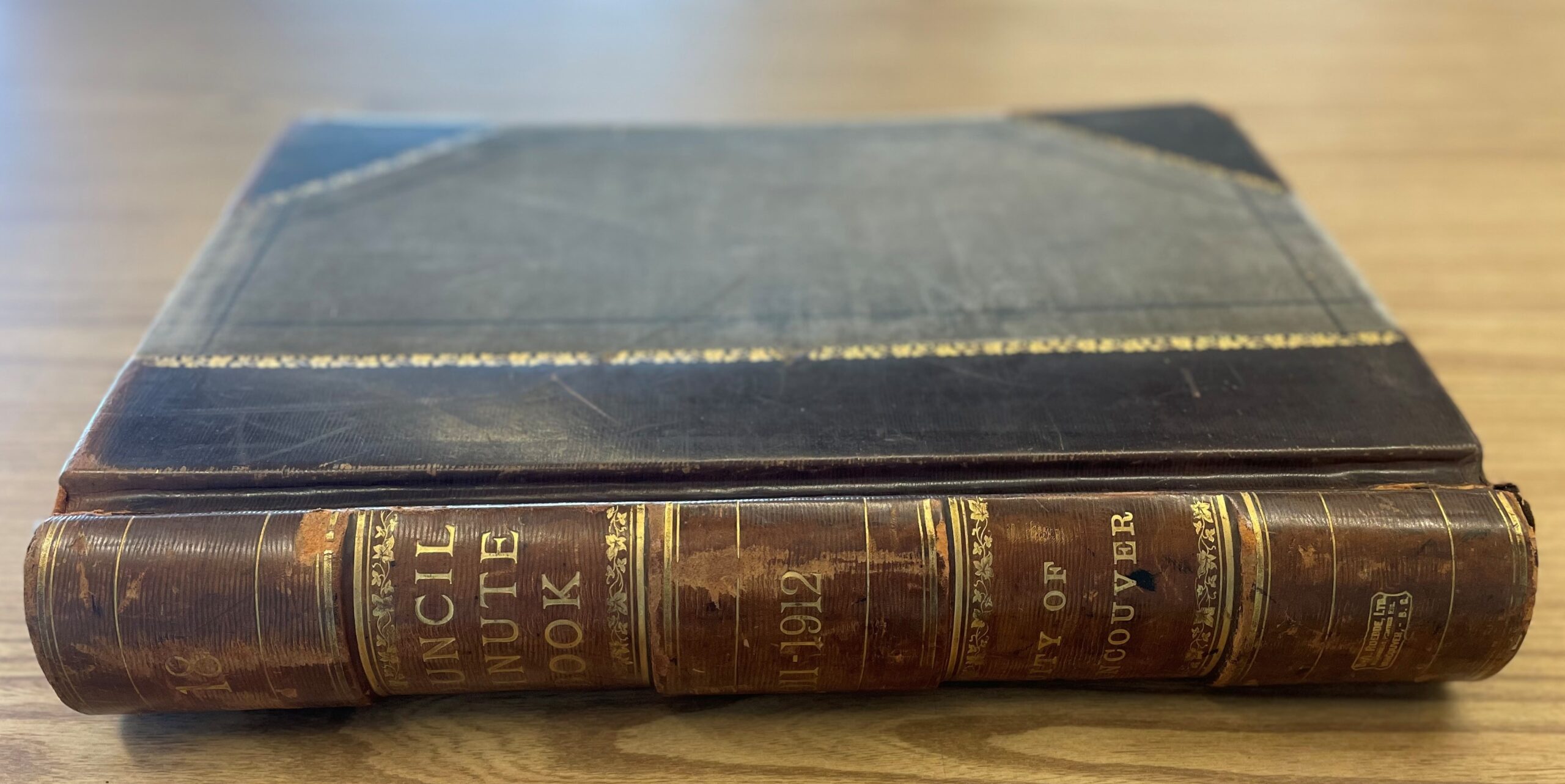
At first glance, the volume looks much like any of the other Council minutes volumes from the first half of the 20th century, a combination of leather and cloth binding with gold lettering. G.A. Roedde’s bookbinder bookplate is firmly affixed inside to one of the marbled endpapers.
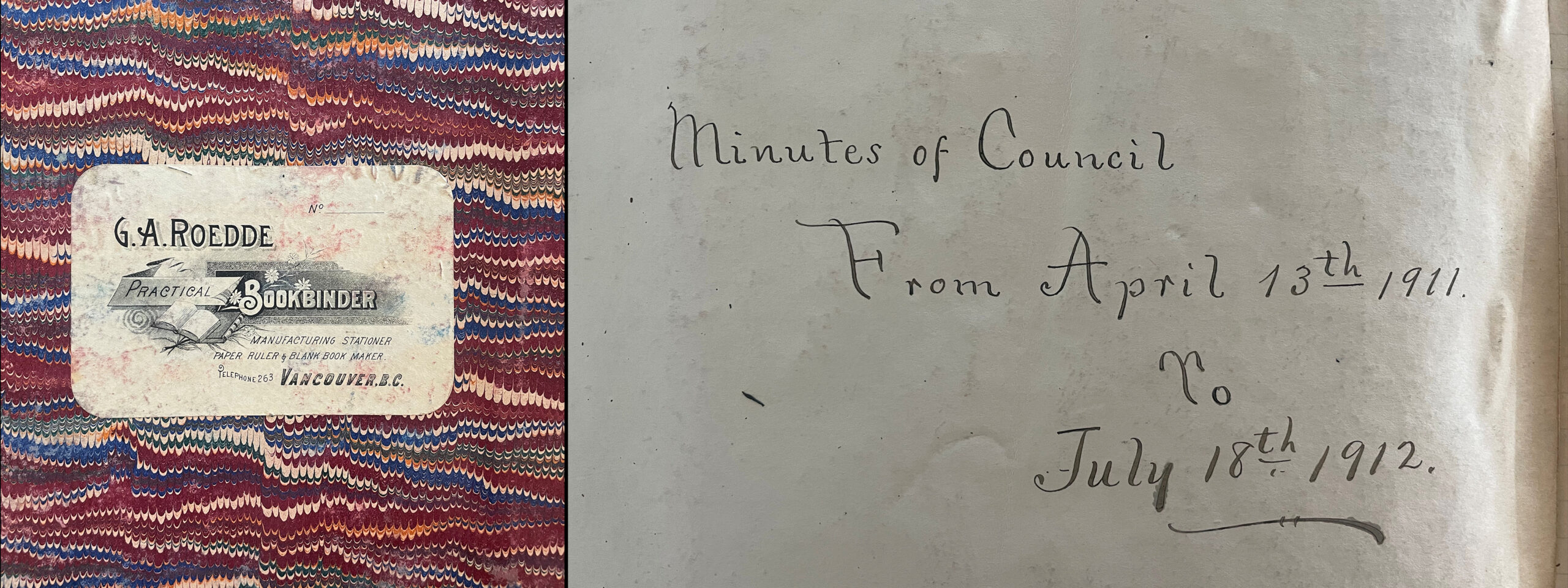
The first set of minutes in this volume begin on page 2, lines filled with cursive writing, just like the meetings found in Volumes 1 through 17. In places throughout this portion of the volume, different penmanship can be spotted.

The most exciting pages, though, are 241 and 242, which are facing each other and perfectly illustrate the technological shift in recording Council meetings. The lines of page 241 are filled with elegant looping handwritten ink, whereas the lines of page 242 are filled with the exacting, mechanical lettering of a typewriter.
![Pages 241 and 242, where cursive handwriting gives way to the less elegant, but easier to read typewritten.]](https://www.vancouverarchives.ca/wp-content/uploads/4_Vol-18-transition-page-scaled.jpg)
The shift appears abrupt, and no less so because it appears halfway through the minutes for July 31, 1911, rather than starting at the beginning of a new meeting.
Further examination of the volume, however, shows that the complete change to the typewriter wasn’t one hundred percent complete as there is the occasional return to the handwritten, with some pages appearing with six, eight, or ten lines penned, and a few full pages still reverting to the former production method, though this doesn’t linger for long.
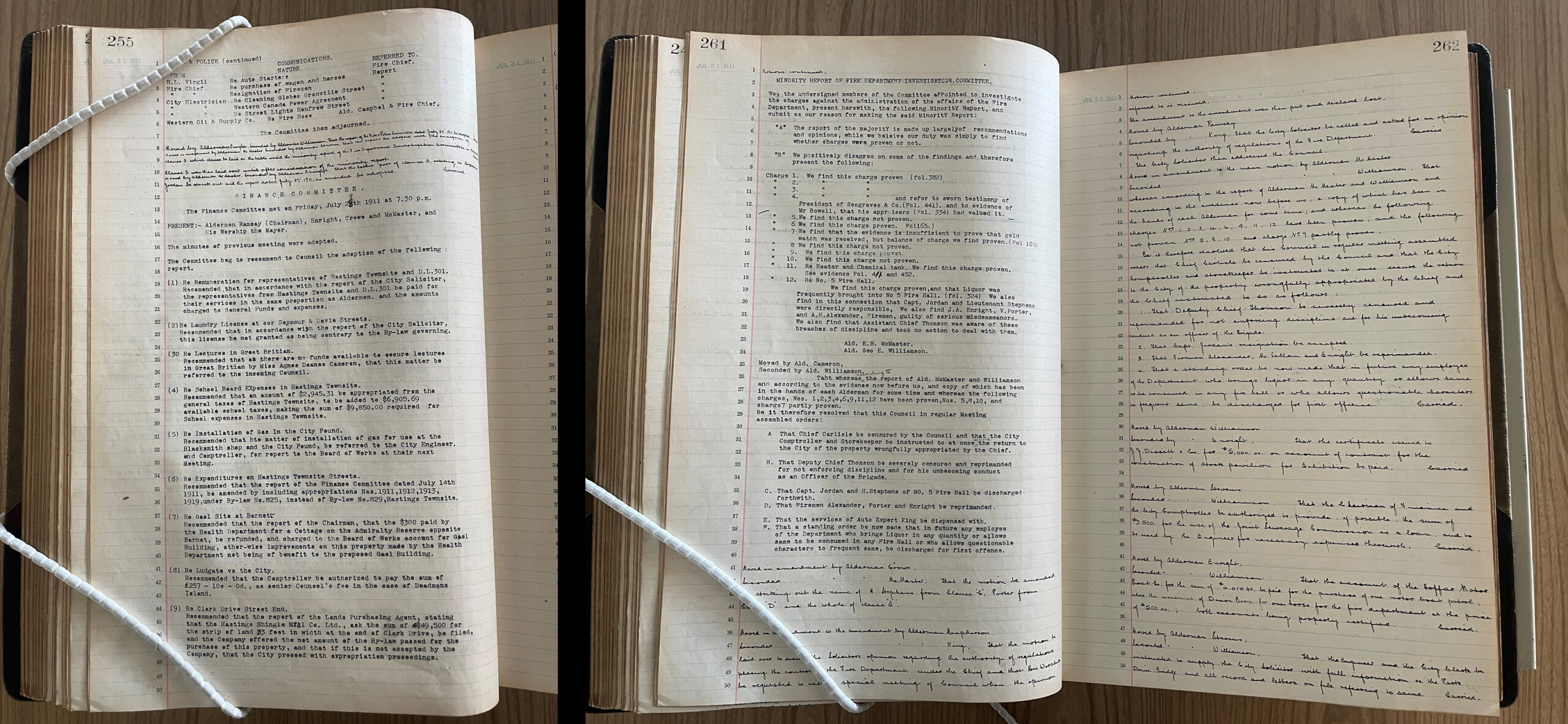
More changes are found as this volume continues into the typewritten section. Within a month, on August 22, the introduction of red ink used for headings and agenda items makes its debut, making the minutes even easier to read.
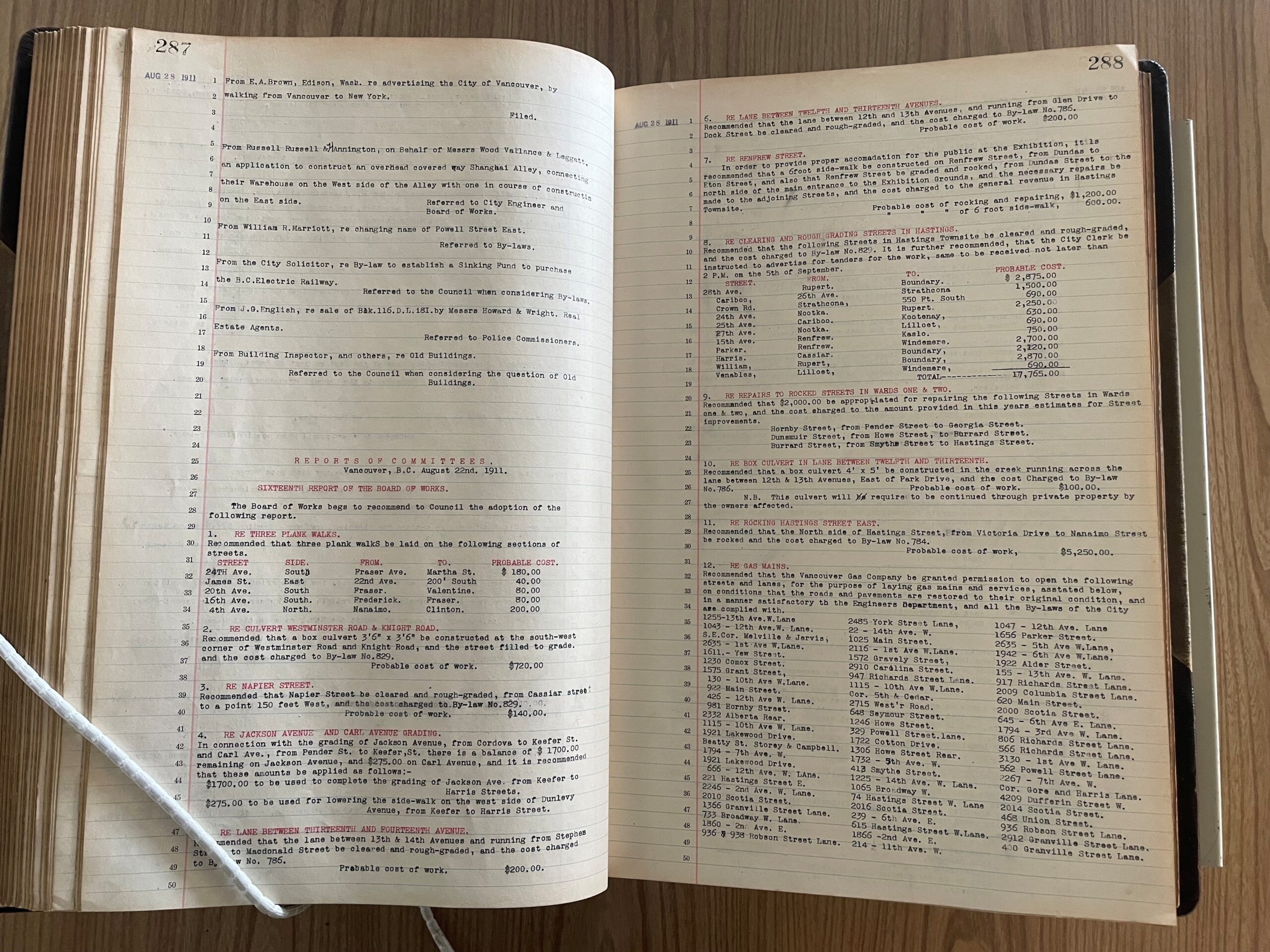
By early 1912, one final change is made, though likely it was just a case of typewriter ribbon supplies. Black ink becomes blue ink, which in the end was something that stuck around well into the 1940s Council minutes.
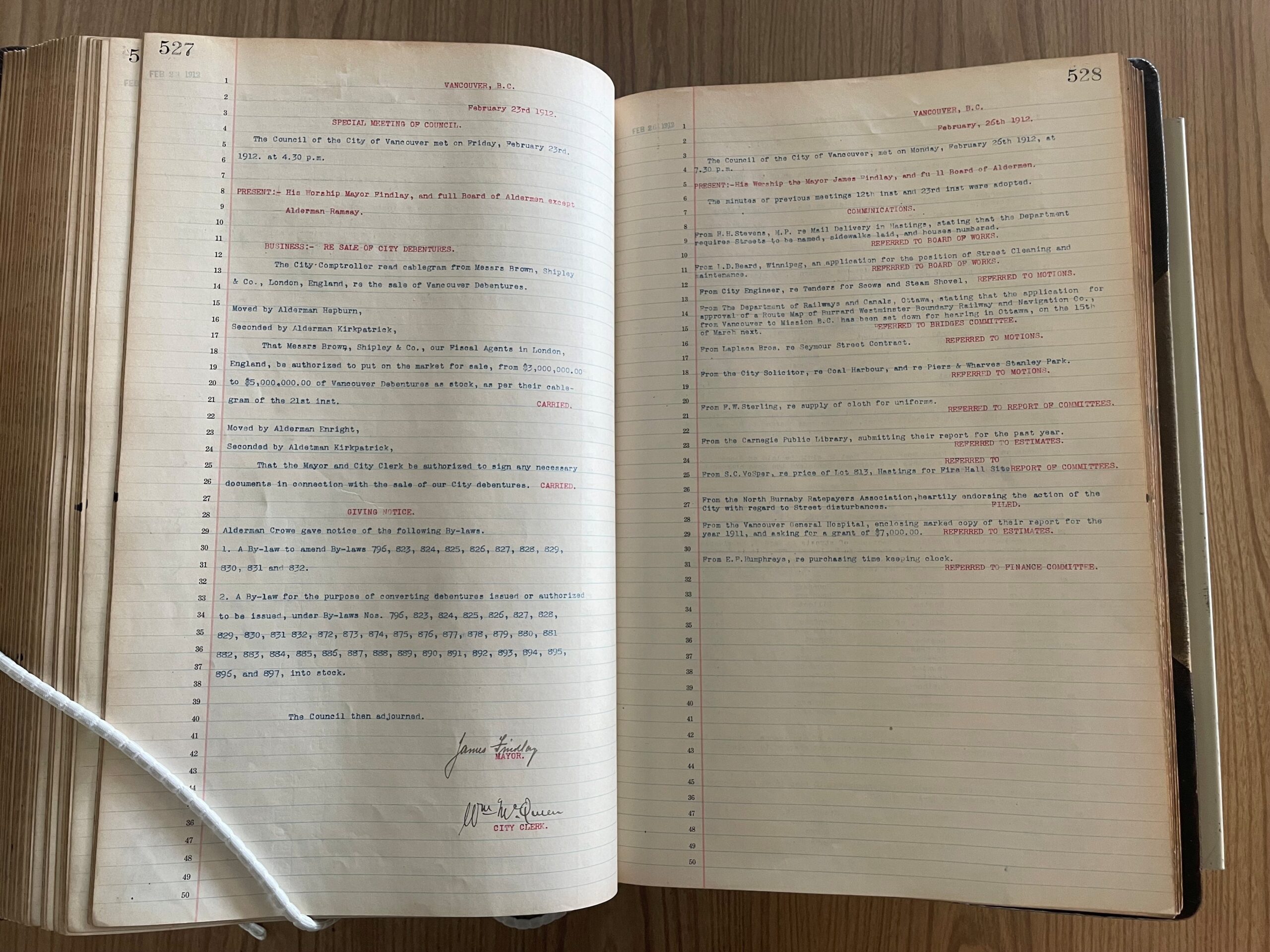
This technological change was made possible by the book typewriter, a machine that allowed a clerk to type directly into an open bound volume. They appear in the early 1900s and were used by governments and businesses both for original record creation and for printing carbon copies in copy books.
Coincidently, July also marks a technological anniversary related to Council meetings, though one that is only 21 years old. In July 2004, the City began retaining digital copies of Council meetings broadcast on local cable TV. These videos are available for viewing through our database, and this blog post provides more details.
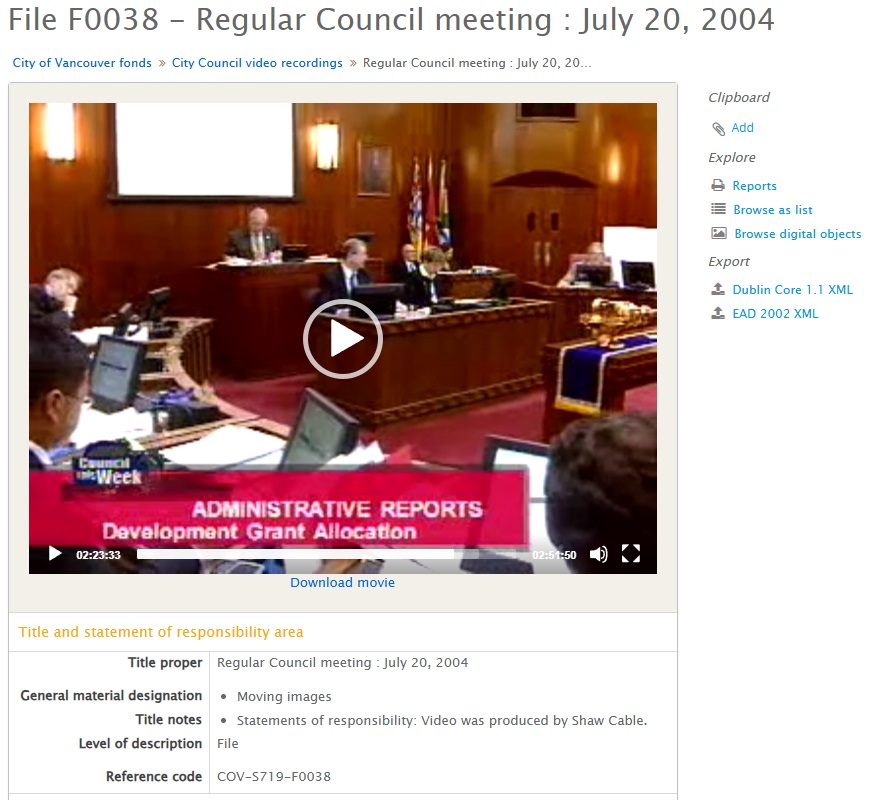
The Archives also recently received a donation of earlier Council meeting video, recorded from the TV broadcast by a citizen on VHS tape. These tapes are gradually being digitized and made available on our database.
Documenting Council meetings has certainly evolved since the era of the typewriter, but the original minutes signed by the Mayor and City Clerk still regularly come to the Archives where they, along with the original signed by-laws, are preserved as evidence of Council’s decisions for future generations.
